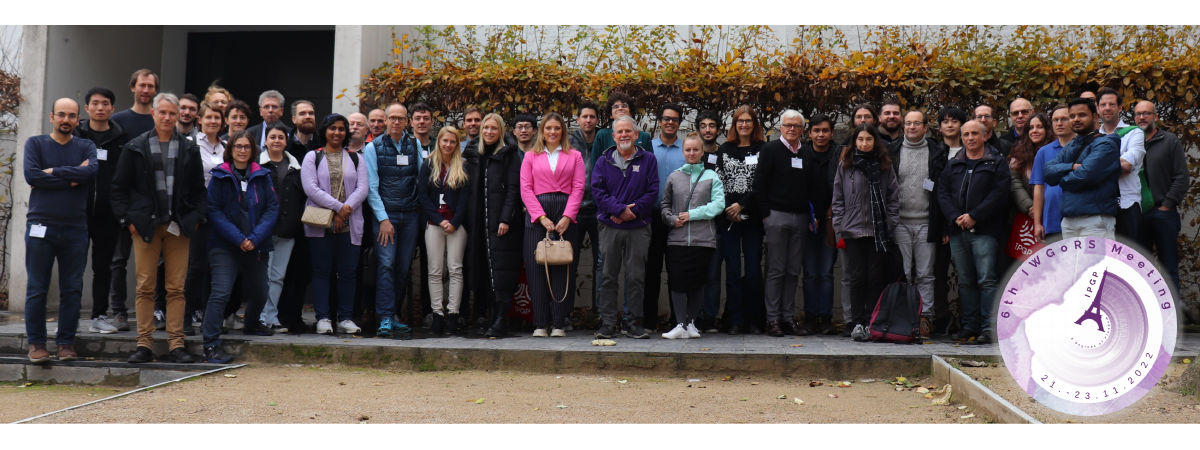Using Rotational Sensor Data to Correct Rotation-Induced Effects on Accelerometers
Chin-Jen Lin, Chun-Chi Liu, John R. Evans, William H. K. Lee, Han-Pang Huang
Dynamic and permanent seismic displacements are important for seismologists and engineers and, in principle, can be derived from the double time integral of translational acceleration. However, because translational accelerometers are sensitive not only to translational but also to rotational motions, it is not possible to recover with assurance the true displacement by direct double time-integration of acceleration without first applying corrections from separately recorded rotational motions.
We apply an attitude equation from the navigational literature to obtain the time-dependant orientation of the accelerometer from collocated recordings of three-axis rotation rate, then applies an attitude-correction equation together with orientation and these rotational data to correct centrifugal and tilt-induced gravitational effects on accelerometers. Finally, we perform coordinate transformations to derive the dynamic motion in an inertially fixed (geographic) coordinates frame rather than in the body-attached coordinates in which they are recorded.
To verify our algorithm, we attached a three-axis translational accelerometer and a three-axis rotation-rate sensor together to the end of a robot arm. By moving the robot arm simultaneously in translation and rotation, we find a good match between displacements calculated with our correction scheme and the actual robot arm movements, as determined by the robot's inputs and feedback system.
.png)